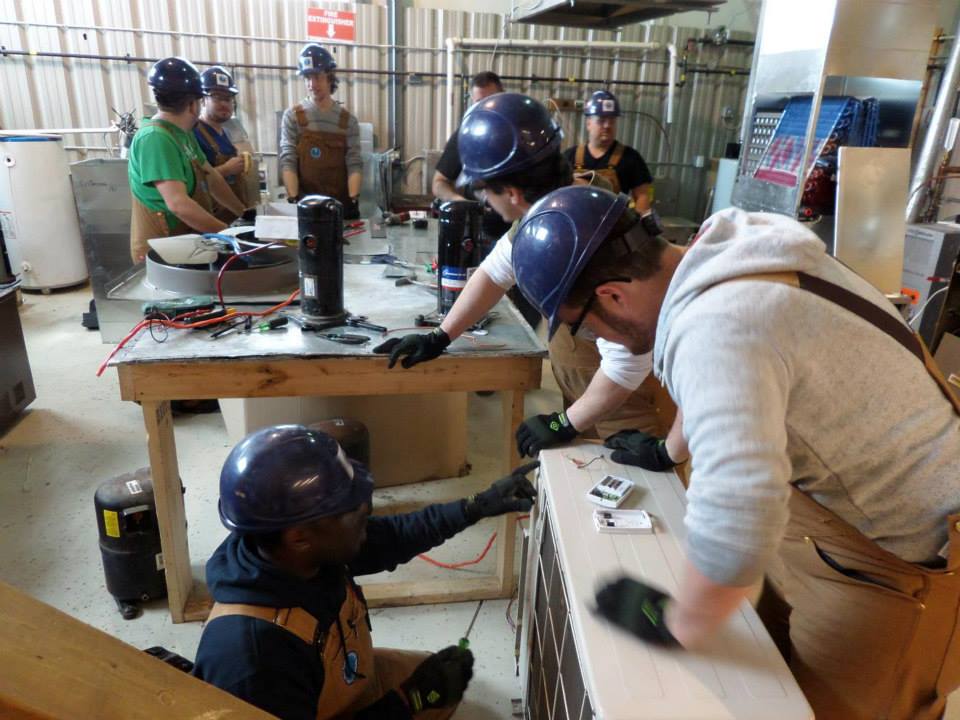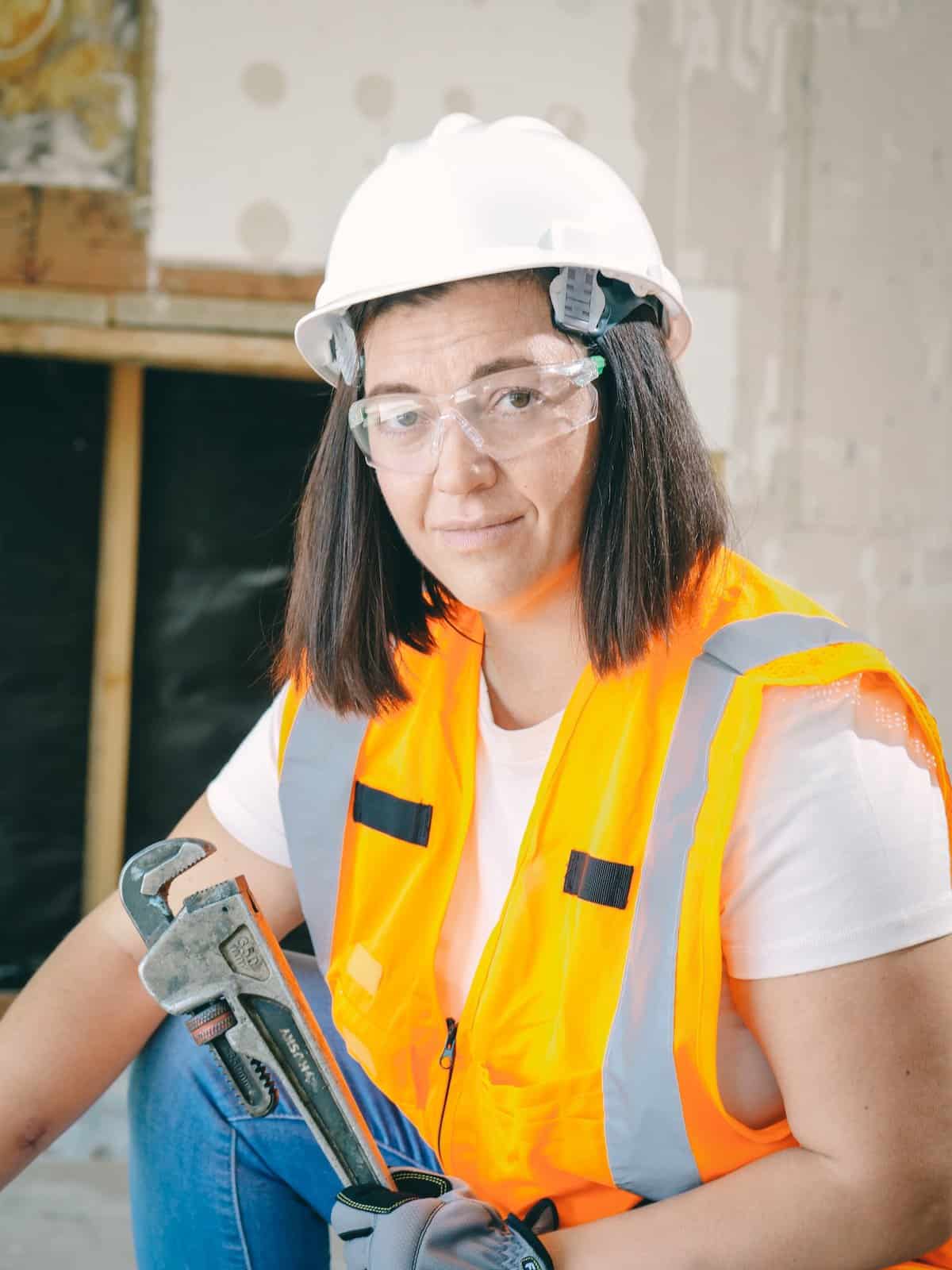A Detailed Overview to Effective Water Heating Unit Installation for Optimal Efficiency
Embarking on the job of installing a water heating unit is an endeavor that demands precision and an organized method for achieving ideal performance. As you proceed, the details of connecting water supply lines and setting up trusted electrical or gas connections wait for, promising understandings right into making sure efficiency and dependability.
Picking the Right Water Heater

Following, think about the size and ability of the hot water heater. It's important to analyze your house's warm water demands, which can vary based upon the variety of owners and their use patterns. An unit that's as well tiny might lead to insufficient hot water, while a large design could cause unneeded power consumption.
Efficiency ratings also play a crucial duty in option. Look for water heaters with high Energy Factor (EF) ratings, indicating remarkable performance and minimized energy usage. Tankless models, though usually a lot more costly in advance, offer substantial energy cost savings in time because of their on-demand heating capabilities.
Preparing the Installment Location
Prior to setting up a new hot water heater, thorough prep work of the installment location is crucial. This makes sure a smooth setup process and aids protect against future problems (Plumbing Services Alabaster AL). Begin by picking a suitable location that abides with regional building regulations and safety and security criteria. The area should be dry, well-ventilated, and easily accessible for maintenance. It's crucial to gauge the area carefully to suit the hot water heater's measurements, making sure adequate clearance around the system for reliable procedure and maintenance.
Check the flooring for security, as the water heating unit will certainly need a solid, level surface to operate effectively. If required, install a drip pan beneath the unit to catch potential leakages or spills, preventing water damage to the surrounding location.
In addition, make sure that all needed tools and materials get on hand prior to beginning the setup. This includes items such as wrenches, screwdrivers, a level, and any added equipment required for safeguarding the heating unit and installing. A well-prepared installation area establishes the foundation for a successful hot water heater arrangement, enhancing performance and safety and security.
Connecting Water Supply Lines
When attaching water system lines to your newly mounted water heater, it is vital to guarantee that all links are safe and leak-free to keep effective operation and protect against water damage. Begin by identifying the cool and hot supply of water lines. The cold water inlet is commonly marked with a blue tag or a "C", while the hot water electrical outlet is marked with a red tag or an "H".
Usage adaptable water heater adapters to assist in a less complicated installation procedure. Before connecting the connectors, place a plumbing technician's tape around the threaded ends of the water heating system's inlet and outlet pipes.
Once links remain in location, gradually activate the main water system shutoff. Examine each connection for leakages by visually feeling and examining for wetness. Tighten up links as necessary, and make certain the pressure relief shutoff is informative post appropriately installed, safeguarding against extreme pressure accumulation.
Setting Up Electrical or Gas Links
Properly establishing up the electrical or gas links for your water heater is a crucial step to make sure reliable and secure procedure. For electrical hot water heater, begin by verifying that the electrical circuit works with the heater's voltage and amperage requirements. Make sure the power supply is shut off at the circuit breaker to avoid crashes. Link the electric cords to the heating system complying with the maker's electrical wiring diagram. Commonly, this involves attaching the ground wire to the eco-friendly terminal, and the continuing to be wires to their corresponding terminals, protecting each with wire nuts.
For gas water heating units, safety is extremely important. Validate that the gas supply is off prior to proceeding. Attach the gas line to the hot water heater using a flexible gas connector, guaranteeing it is properly threaded and sealed with pipeline joint compound or Teflon tape suitable for gas connections. Tighten up the connections with a wrench, making sure not to over-tighten (Drain Cleaning Alabaster AL).
As soon as connections are made, check for any kind of possible leakages. For gas lines, apply a soapy water solution to the joints; bubbles suggest a leak. For electrical connections, double-check that all electrical wiring is safe and properly shielded, preserving compliance with local electric codes.
Adjusting and evaluating for Effectiveness
With the electric and gas connections firmly in area, the next step is evaluating the operational performance of your water heating system. Begin by very carefully turning on the water supply and guaranteeing there are no leaks at any of the joints or shutoffs.
Next, perform an extensive evaluation to guarantee the burner or gas burners are functioning appropriately. For electrical heaters, utilize a multimeter to validate if the aspects are drawing the suitable current. In gas versions, observe the burner fire; it must be steady and blue, showing effective combustion.
Change the settings as essential to remove ineffectiveness. Consider applying insulation steps, such as including a water heating unit blanket, to better improve efficiency by reducing warmth loss. Furthermore, examine the anode pole's condition, as a scrubby pole recommended you read can lower performance and lead to container deterioration.
Final Thought
Reliable water heater installation is vital for ensuring optimal performance and energy savings. Securely connecting water supply lines and thoroughly setting up electrical or gas connections reduce prospective problems.

Appropriately establishing up the electric or gas links for your water heating system is a vital action to ensure safe and effective operation. For electric water heating units, start by confirming that the electrical circuit is compatible with the heater's voltage and Bonuses amperage demands. Link the gas line to the water heating unit utilizing a versatile gas port, ensuring it is correctly threaded and sealed with pipe joint compound or Teflon tape suitable for gas connections.